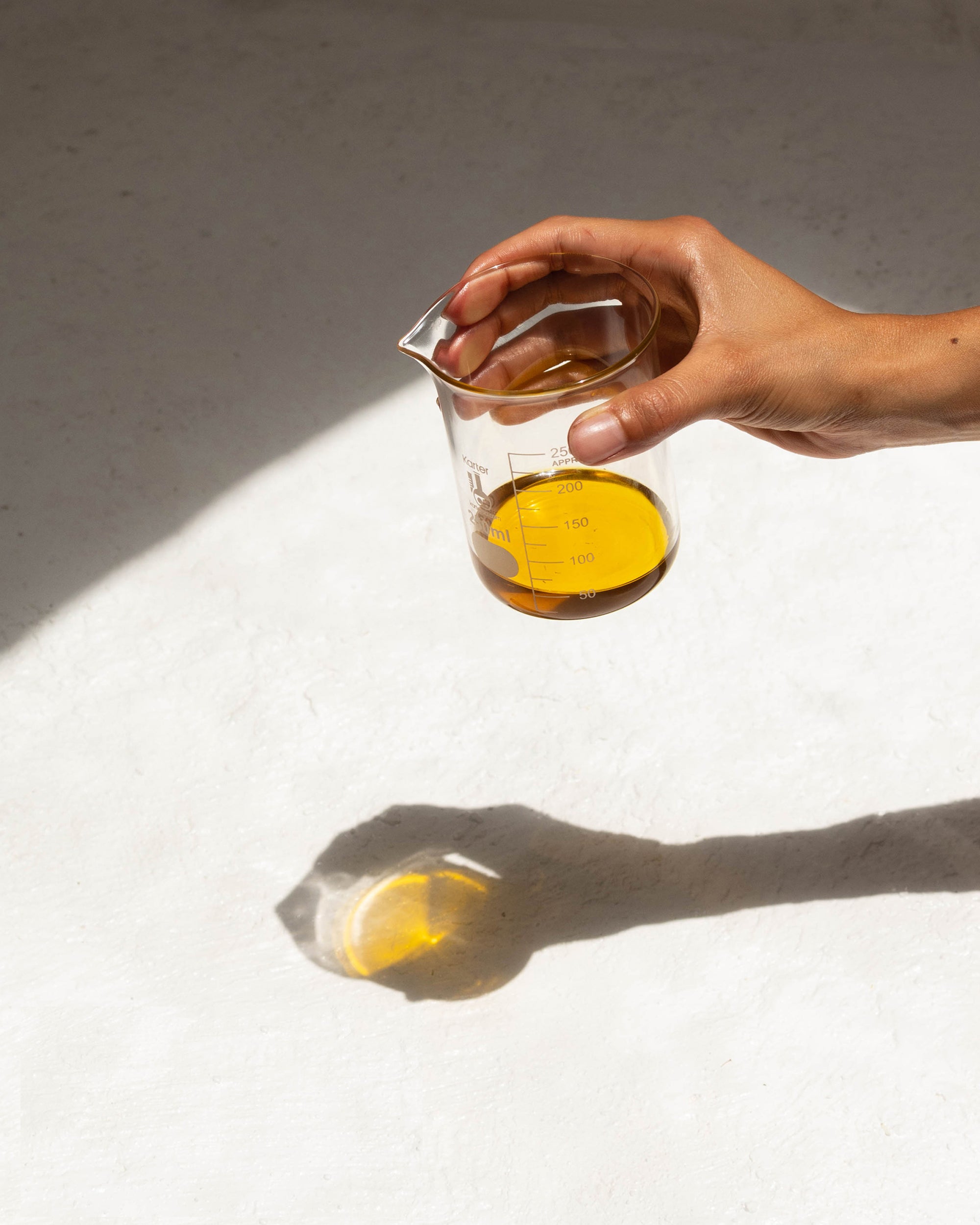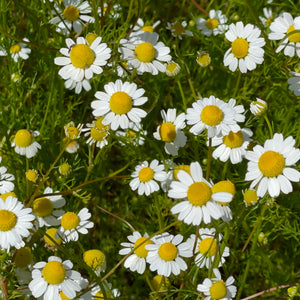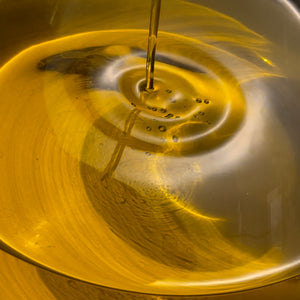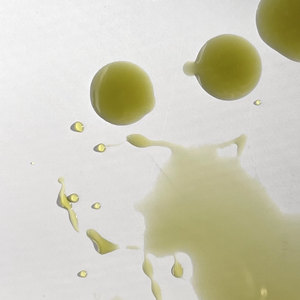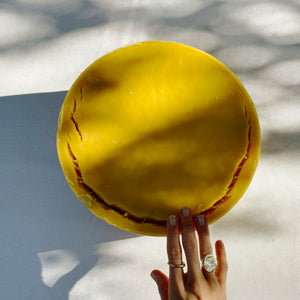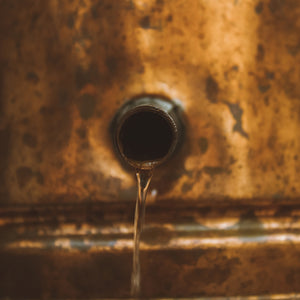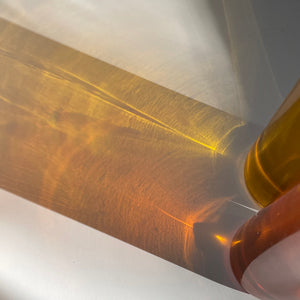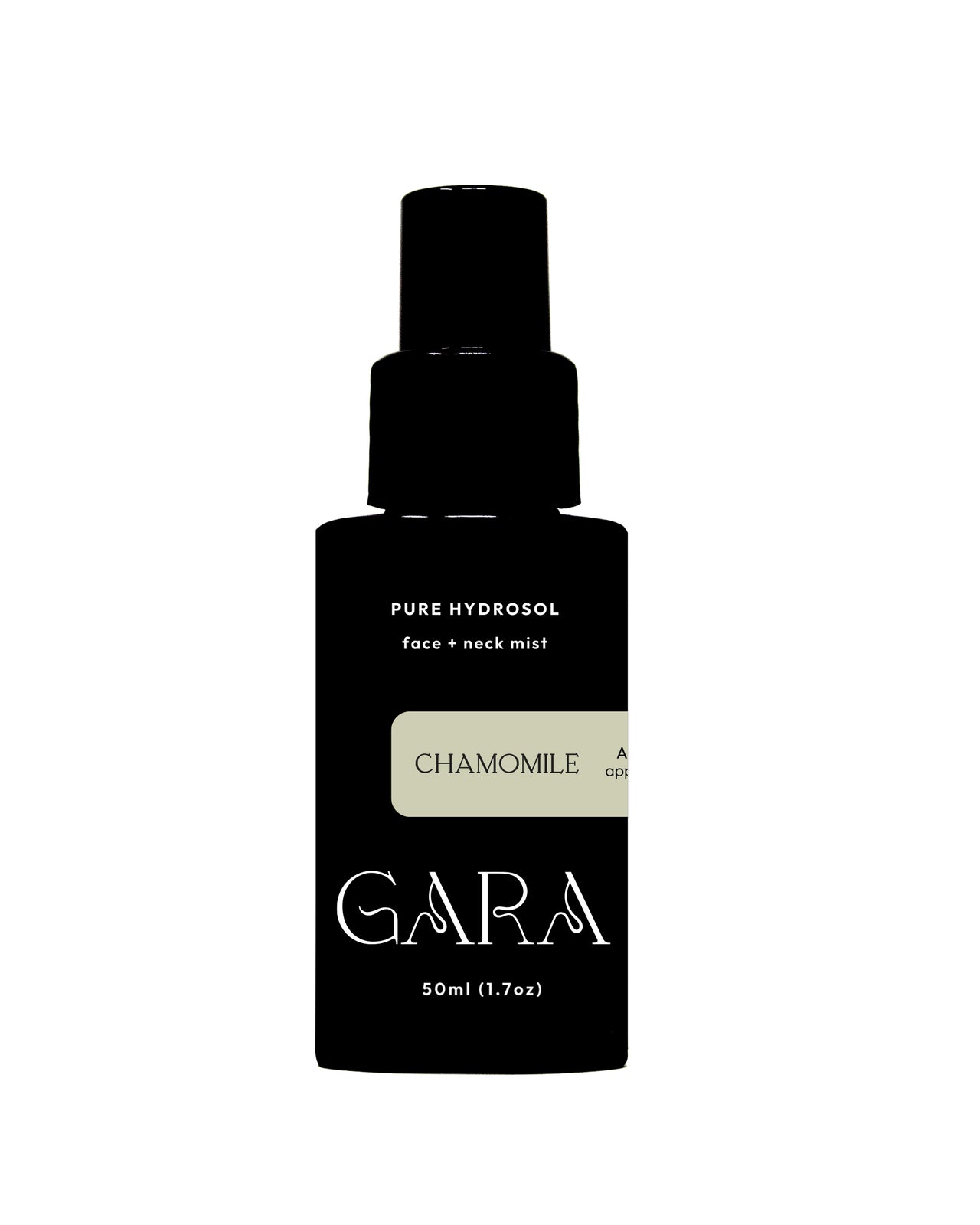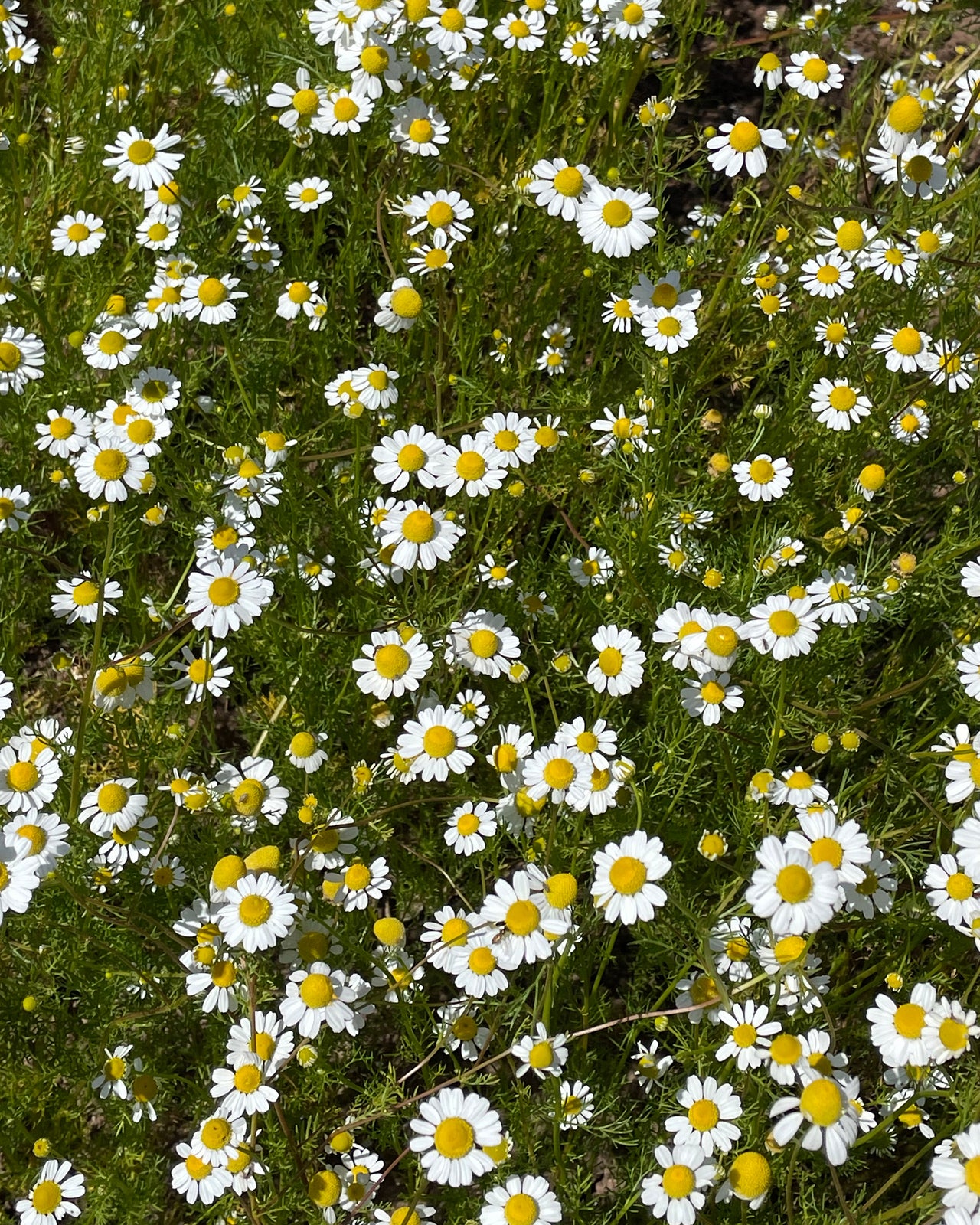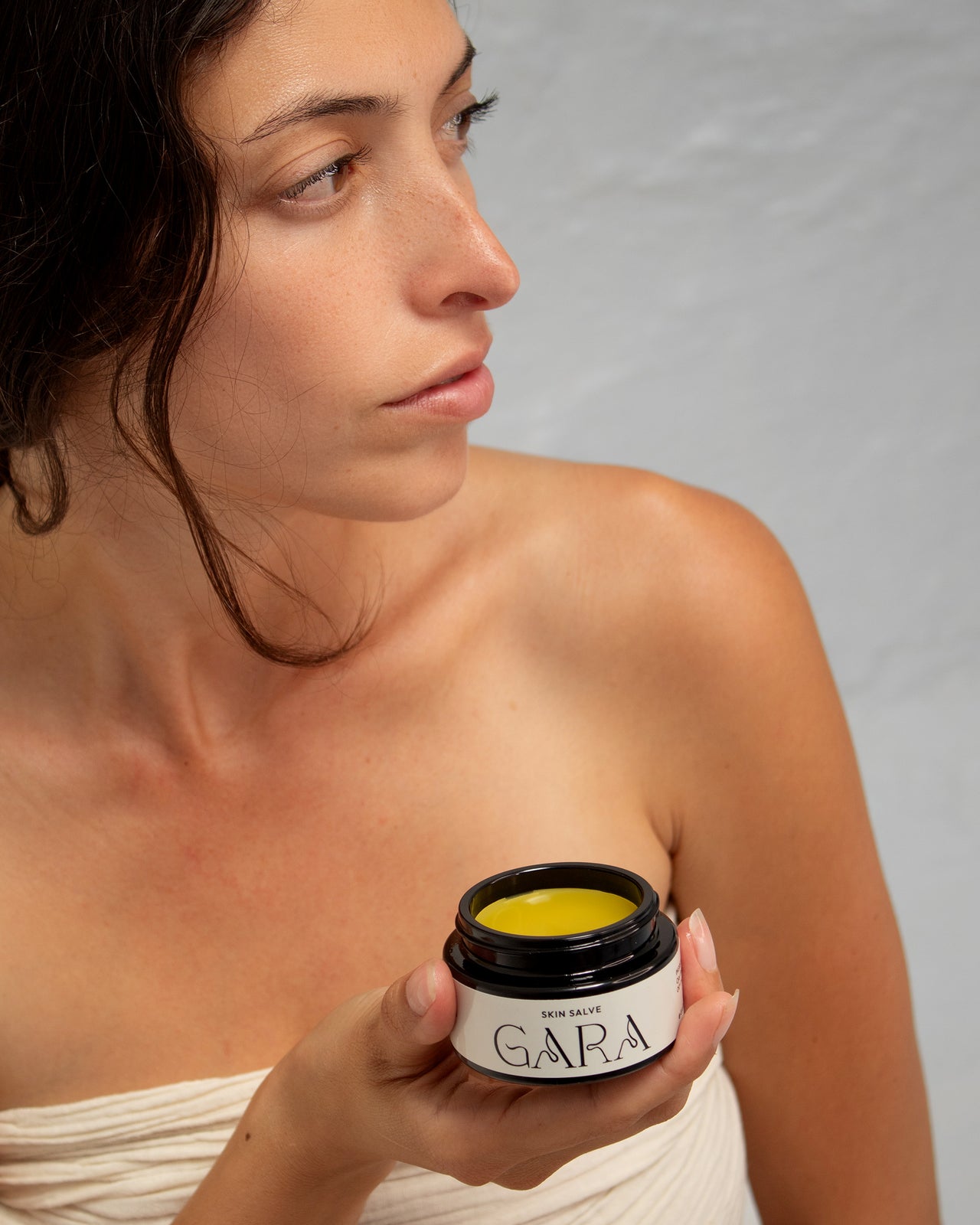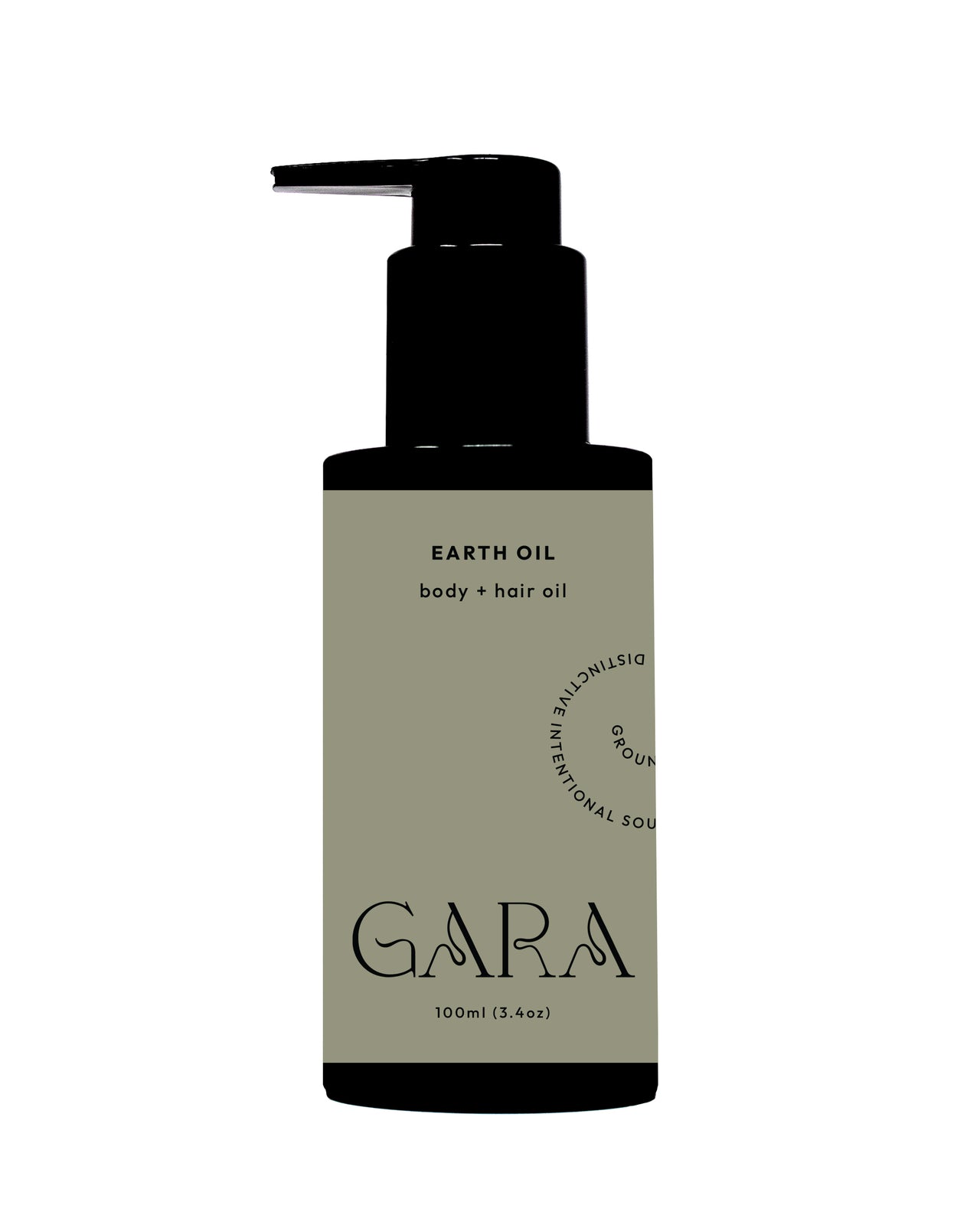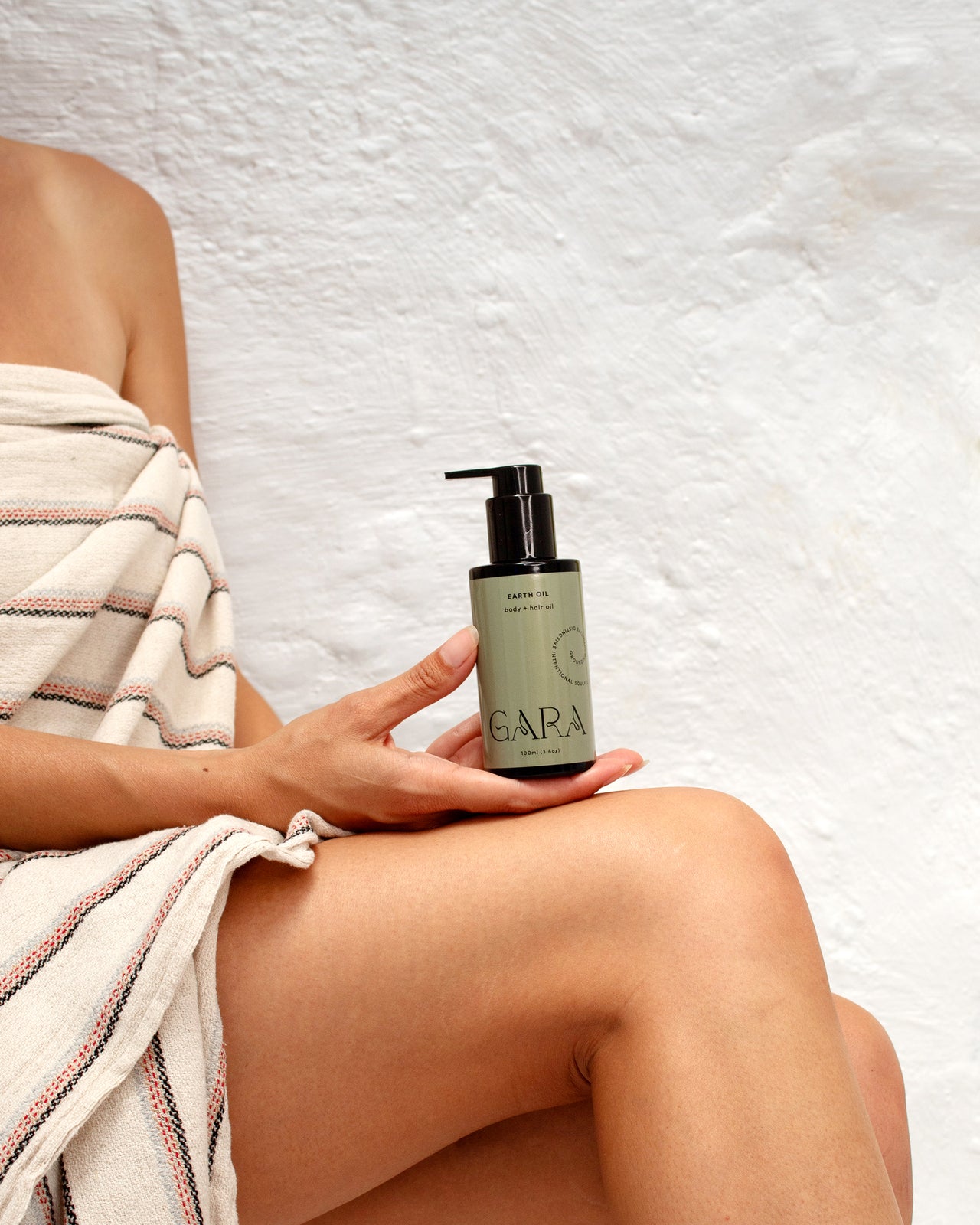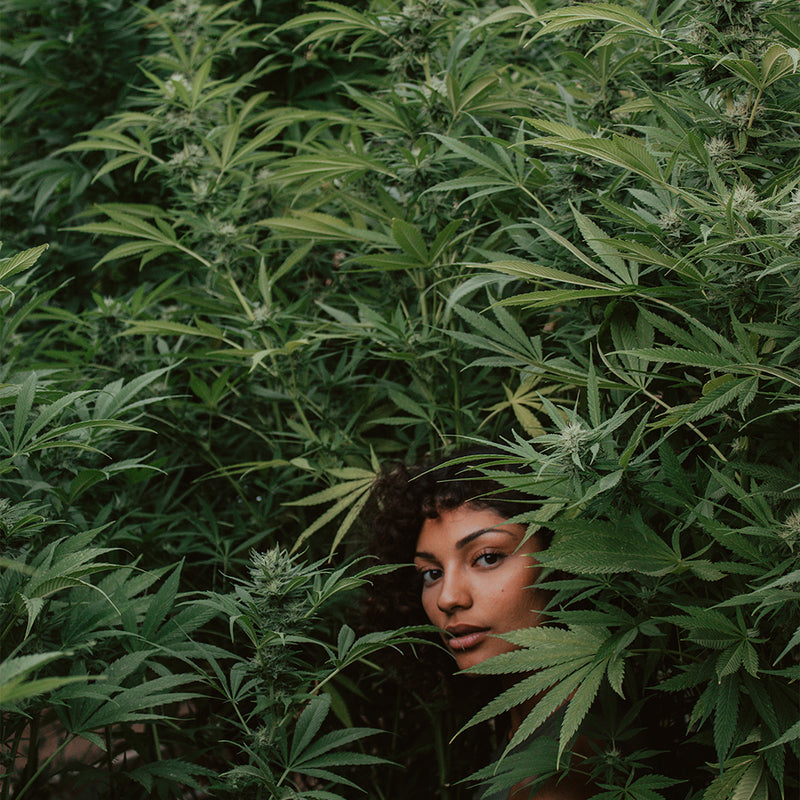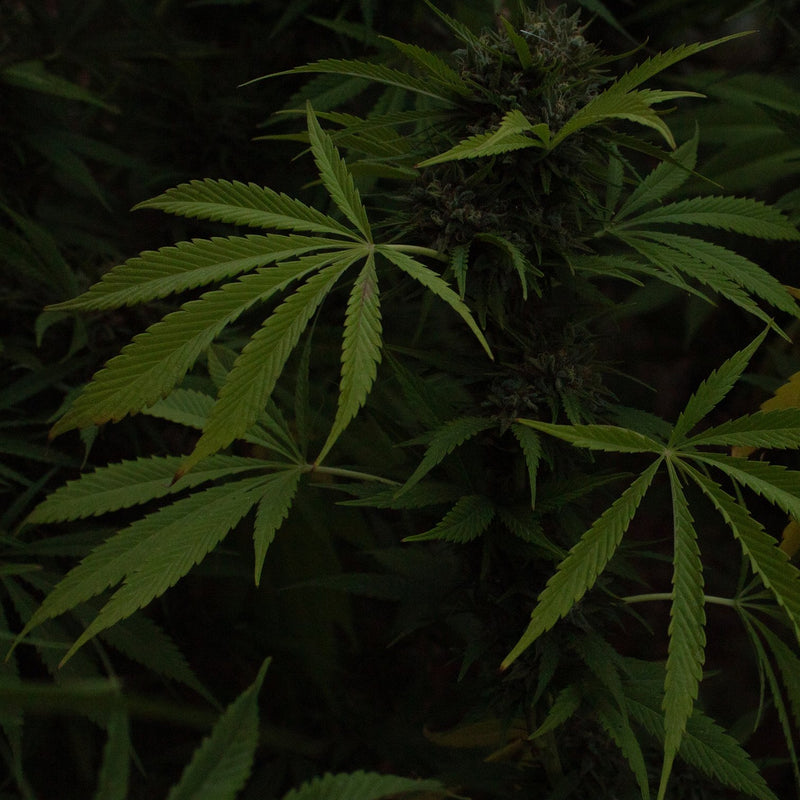Ingredients
In the realm of ingredients, our commitment to sourcing finds its roots in a harmonious blend of scientific insight and the wisdom of time-honored traditions. We take time and care in crafting products that transcend the ordinary, products that are not merely items on a shelf but a testament to a deep connection with nature.
This ingredients guide serves as a luminous tapestry, woven from the threads of scientific exploration and the fertile earth of our own gardens and local organic farms. The heart of our philosophy is connecting to the veritable life force of nature, which imparts purity, potency, and freshness to the ingredients we incorporate into our creations.
As you embark on this sensory journey with us, we invite you to explore the very essence of our botanical bounty and the stories of their origins, for in each ingredient, we shall illuminate the path that leads from soil to skin, ensuring that you know precisely the source of the transformative treasures that grace your daily rituals.
EXPLORE OUR CREATIONS
LEARN MORE ABOUT CBD

